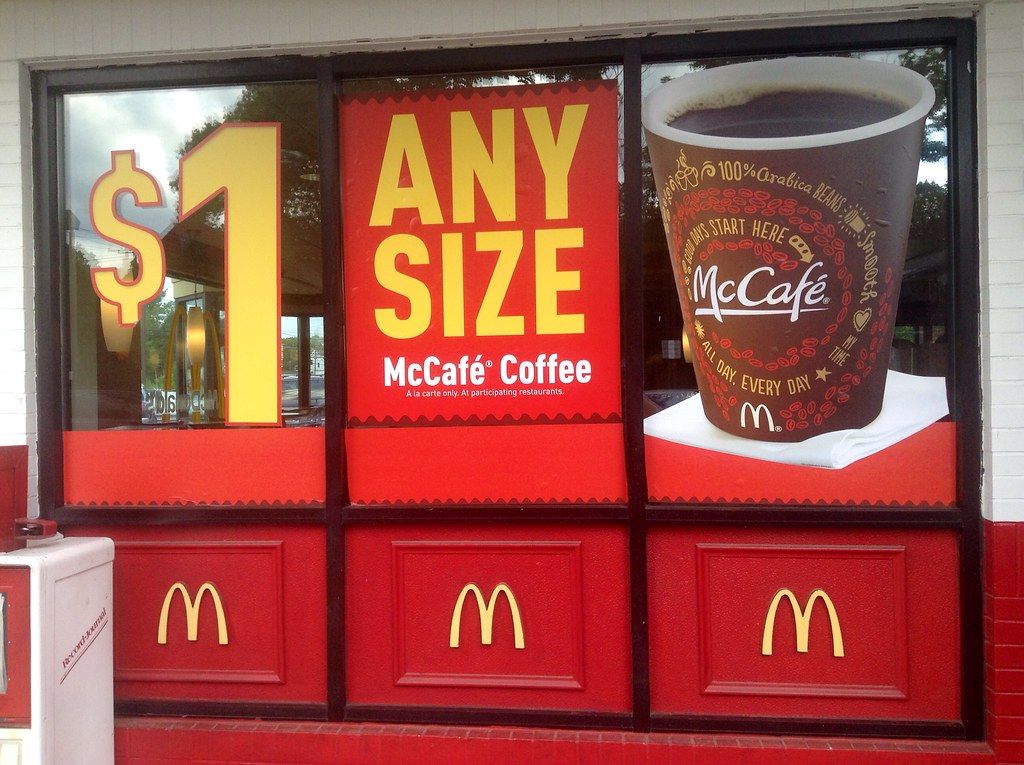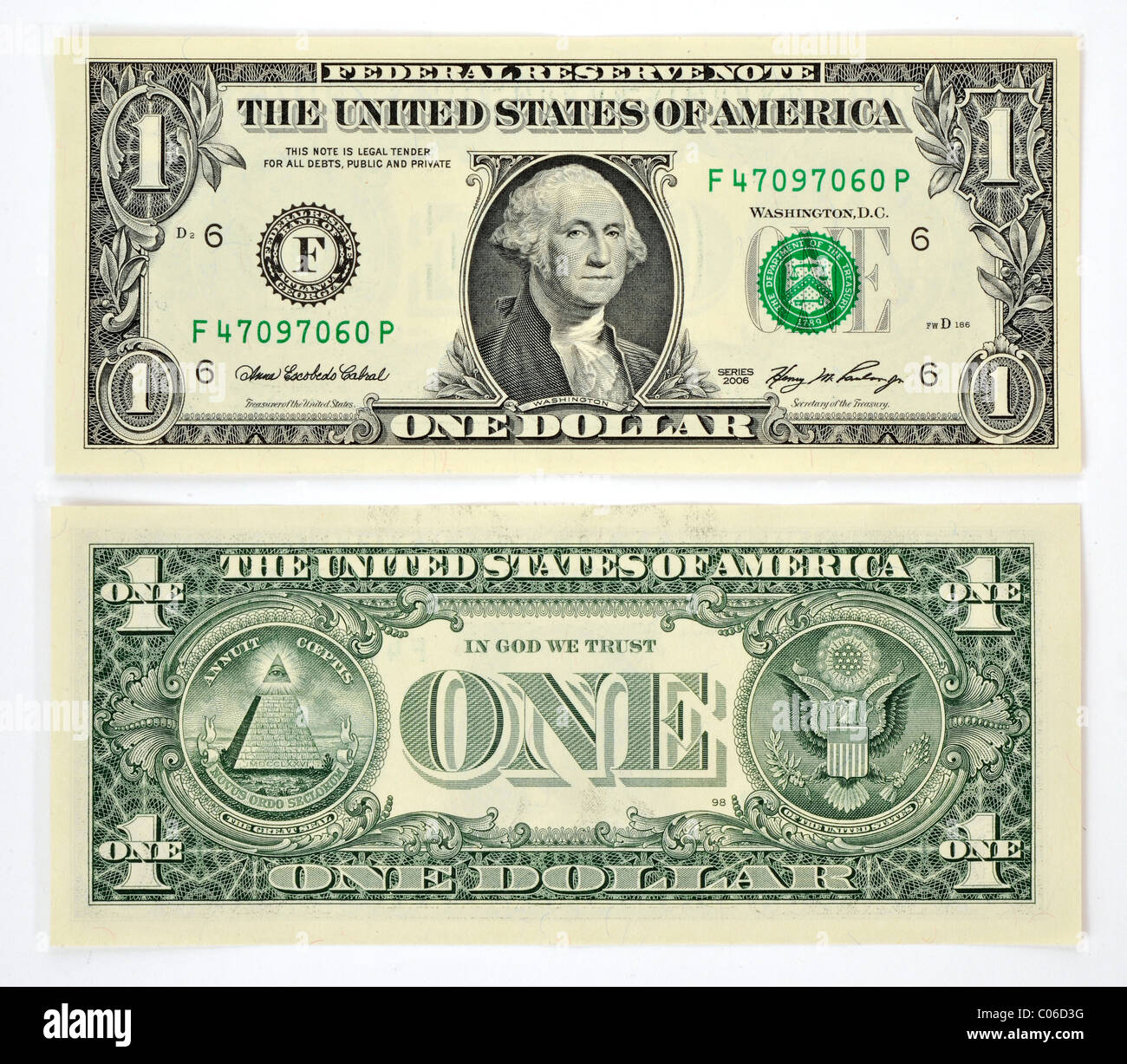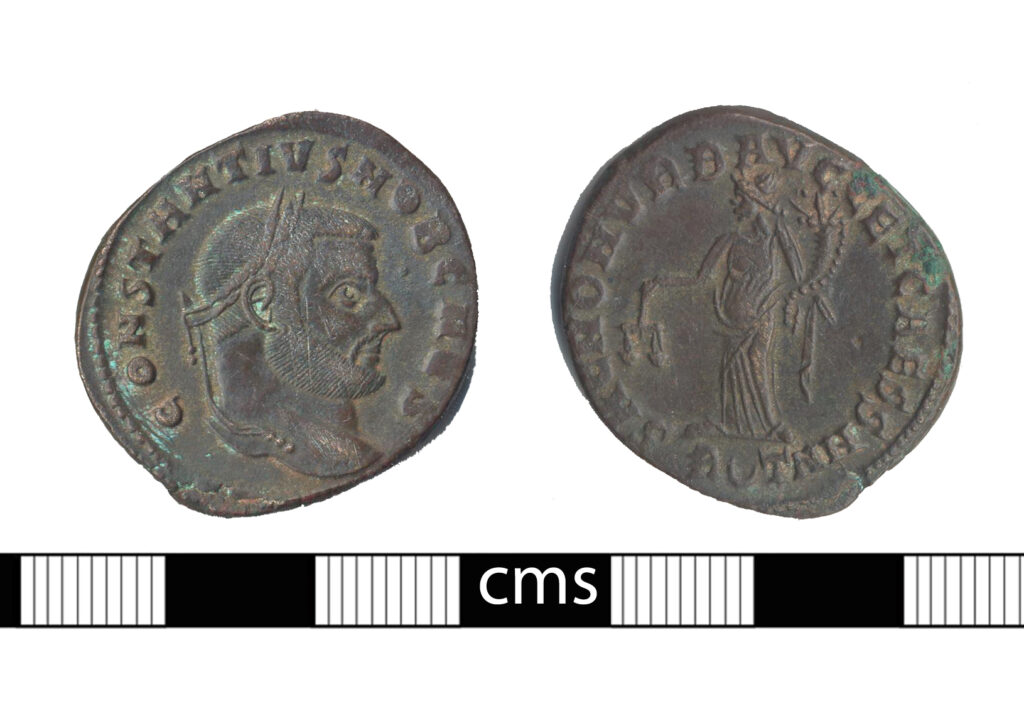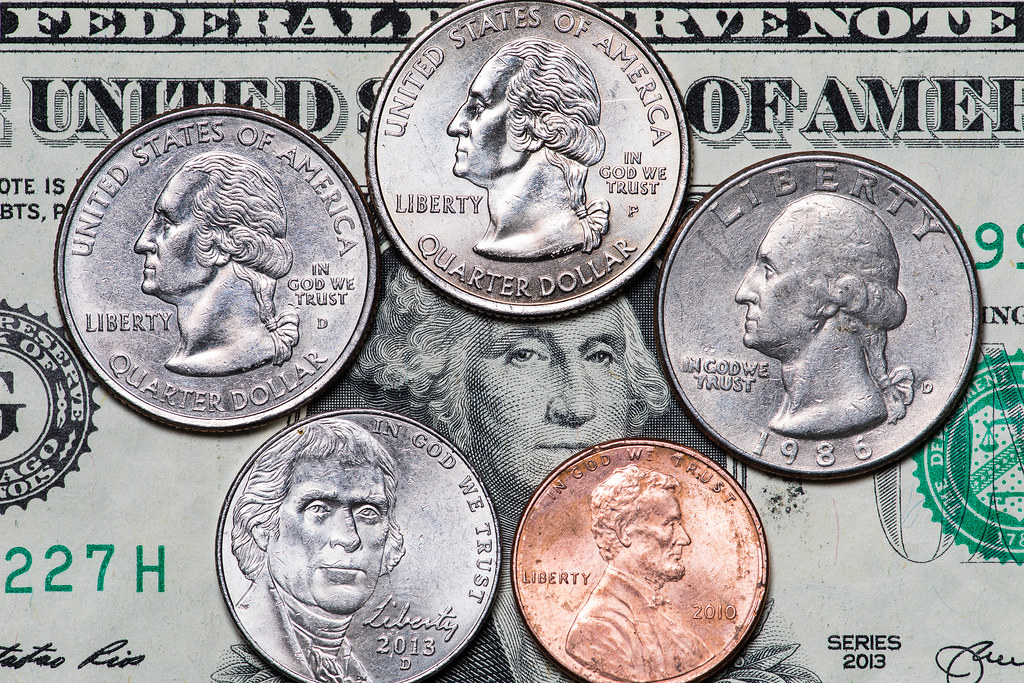
The dollar sign, a simple yet universally recognized symbol, transcends its primary function as a monetary indicator to embody a rich tapestry of history, cultural evolution, and technological adaptation. While most commonly associated with currencies like the United States dollar or the Mexican peso, its reach extends into the intricate world of computer programming, operating systems, and even specialized academic fields. This ubiquitous mark, an uppercase ‘S’ bisected by one or two vertical strokes, carries a lineage far more complex and debated than its everyday appearance suggests. It is not merely a shorthand for ‘money,’ but a graphic representation steeped in centuries of global trade, colonial influence, and linguistic development.
The journey to unravel the dollar sign’s true origins is a fascinating expedition into historical manuscripts, numismatic evidence, and competing scholarly hypotheses. From its initial appearance in 18th-century business correspondence in the West Indies to its pivotal role in the establishment of the United States currency, the symbol’s genesis is a subject of continuous inquiry. What seems like a straightforward mark today is, in fact, the culmination of various influences, abbreviations, and artistic interpretations that coalesced over time to form the ‘$’ we recognize.
This in-depth examination delves into the compelling theories surrounding the dollar sign’s birth, tracing its trajectory from a mercantile shorthand to an emblem embedded deeply within global finance and technology. We explore the leading hypotheses, weigh their historical merits, and chart how this single symbol has expanded its utility far beyond its original intent, reflecting its remarkable adaptability and enduring significance in the modern world. Such an exploration offers not only historical context but also a deeper appreciation for the silent, yet powerful, symbols that shape our economic and digital landscapes.

1. **The Dollar Sign: A Universal Currency Symbol**The dollar sign, frequently identified by its iconic capital ⟨S⟩ crossed with one or two vertical strokes, serves as the primary currency symbol for a multitude of denominations across the globe. Beyond its prominent use for currencies explicitly named “dollar” or “peso,” this symbol is an international shorthand recognized in various financial contexts. Its fundamental design, simple yet effective, allows for quick identification of monetary units in diverse economic systems.
In the realm of digital encoding, the Unicode standard consolidates both the one- and two-stroke variations under a single code point, U+0024, acknowledging them as stylistic choices rather than distinct characters. This unified approach reflects the symbol’s pervasive and flexible application. Though often considered a singular entity, the dollar sign’s graphic variants and specific placements—whether prefix or suffix—demonstrate its adaptability across different linguistic and cultural conventions.
Its utility is not confined to national currencies alone. The symbol is also integral to various compound currency notations, such as the Brazilian real (R$) and the United States dollar (US$), although in local usage, the nationality prefix is frequently omitted. This ubiquitous presence underscores the dollar sign’s status as a truly global icon, silently navigating the complexities of international commerce and financial communication with remarkable efficiency.
2. **The Genesis: Spanish American Peso and the 18th Century**The earliest documented appearances of the dollar sign trace back to business correspondence originating from the West Indies in the 1770s. These early instances explicitly referred to the Spanish American peso, a highly significant currency of the era. This coin was also widely known in British America as the “Spanish dollar” or “piece of eight,” terms that highlight its widespread circulation and economic importance across the burgeoning colonial landscape.
The Spanish coins of this period were not merely a medium of exchange; they served as a foundational model for new currencies emerging across the Americas. Following the lead of the Spanish dollar, the larger coins of the nascent Spanish American republics, including the Mexican peso, Argentine peso, Peruvian real, and Bolivian sol, were designed with similar characteristics. This deep historical connection firmly establishes the Spanish American peso as the direct antecedent to many modern currencies and, crucially, to the symbol that would come to represent them.
This historical context is vital for understanding the dollar sign’s evolution. Its initial adoption in the West Indies underscores a mercantile origin, born out of the practical necessity for an efficient written abbreviation in daily commerce. The symbol was a practical solution for scribes and traders dealing with the dominant currency of the time, gradually solidifying its form and association with monetary value through repeated use in financial transactions.

3. **The American Connection: From Spanish Dollar to U.S. Currency**Following its independence, the United States formally adopted a new currency system, directly modeling it after the Spanish coins that had been the primary tender in the colonies. The Coinage Act of 1792 was a landmark legislative action, which officially created the U.S. dollar and explicitly defined its value to be “the value of a Spanish milled dollar as the same is now current.” This legal decree cemented the profound link between the new American currency and its Spanish predecessor.
Despite this formal adoption, a variety of foreign coins, including the Spanish dollar, continued to be recognized as legal tender within the United States until the Coinage Act of 1857 brought an end to this status. This extended period of foreign currency circulation further demonstrates the widespread acceptance and integration of the Spanish dollar into the early American economy, making it a natural blueprint for the nation’s own monetary system.
Interestingly, the earliest U.S. dollar coins, minted after the 1792 act, did not feature any dollar symbol. The first documented appearance of the dollar sign in print within the United States is attributed to the 1790s, by Philadelphia printer Archibald Binny, known for creating the Monticello typeface. Later, a $1 United States Note issued in 1869 included a large symbol combining a “U” and an “S,” alongside a very small double-stroke dollar sign in its legal warning, illustrating the evolving visual representation of the national currency.

4. **The “ps” Hypothesis: Scribes, Pesos, and Oliver Pollock**Among the numerous theories attempting to explain the origin of the dollar sign, the “ps” hypothesis stands as the most widely accepted by historians and etymologists. This theory posits that the symbol evolved from a scribal abbreviation for “pesos,” the plural form of the Spanish American peso. Through the diligent study of late 18th- and early 19th-century manuscripts, researchers have observed a gradual stylistic transformation of this abbreviation.
In these historical documents, it is evident that scribes, seeking efficiency in their writing, began to superimpose the letter ‘s’ over the letter ‘p’. This practice, initially a pragmatic shorthand, progressively led to the merging of the two characters. Over time, the combined form developed into a visual representation that closely resembled the modern ‘$’ mark, with the vertical stroke of the ‘p’ evolving into the single or double bar and the ‘s’ retaining its recognizable curve.
Further supporting this theory is the historical record of Oliver Pollock, a prominent Irish trader and an early advocate for the American Revolution. In a letter dating from 1778, Pollock is documented to have used the abbreviation “ps,” often written in a fluid, conjoined manner that bore a striking resemblance to the dollar sign. His usage provides compelling contemporary evidence of this scribal evolution, cementing the “ps” abbreviation as a highly credible precursor to the symbol we use today.
5. **The Pillars of Hercules: A Symbolic Origin**Another compelling hypothesis regarding the dollar sign’s origin ties it to the ancient and iconic Pillars of Hercules. This classical symbol represents the two sides of the Strait of Gibraltar, marking the western extent of the known world in antiquity. The theory suggests that the dollar sign derives from a depiction of these pillars, often shown with a ribbon wrapped around each pillar, or both, forming an ‘S’ shape.
This device was a significant supporting element within the Spanish coat of arms, a powerful visual emblem of the Spanish Empire. Crucially, this imagery was widely featured on the “real de ocho” coins, more commonly known as Spanish dollars, which circulated extensively throughout the Americas and Europe during the period. The most prevalent of these coins were minted at the Potosí mint in Bolivia, which operated from 1573 to 1825, further embedding this symbol into the very currency of the time.
The historical significance of this symbol is also reflected in other cultures. For instance, in Qing Dynasty China, one of the names used for Spanish dollars was 雙柱 (Shuāngzhù), meaning ‘double-pillar.’ This linguistic connection provides additional circumstantial evidence for the widespread recognition and association of the Pillars of Hercules imagery with Spanish currency, lending substantial weight to its potential role in the dollar sign’s development.

6. **The Potosí Mint Theory: A Monogram’s Mark**A variant of the Pillars of Hercules theory offers an alternative, more specific link to the Potosí mint, a colossal source of silver for the Spanish Empire. This hypothesis suggests that the dollar sign originated from a distinctive mark found on coins produced at this prolific mint. A notable feature on many of these Potosí-minted coins was the superimposition of the letters “P T S I.”
According to this theory, the core arrangement of this monogram, when analyzed closely, reveals a shape remarkably similar to a single-stroked dollar sign. The vertical stroke could be derived from the ‘P’ or ‘I’, while the ‘S’ shape is clearly present. This ingenious interpretation suggests a direct visual lineage from a specific mint mark to the modern currency symbol, rather than a more generalized classical motif.
The Potosí mint’s immense output and its central role in global silver trade meant that its coins, bearing these unique marks, were ubiquitous. Consequently, any symbol or abbreviated form associated with these highly circulated coins would have had a significant opportunity to become standardized and widely recognized as a representation of value. This theory grounds the symbol’s origin firmly in the practicalities of minting and currency circulation during the Spanish colonial era.

7. **The German Thaler Link: From Daalder to Dollar Sign**Another intriguing hypothesis traces the dollar sign’s lineage back to the English word “dollar” itself, which originates through the Dutch “daalder” from “Joachimsthaler” or “thaler.” The thaler was a large German silver coin widely used across Europe, predating the Spanish dollar in its broad acceptance and circulation. This etymological connection opens the door to a German origin for the symbol.
It is conjectured that the dollar sign might have derived from a specific symbol used to denote these German silver coins. This symbol is thought to have consisted of a superimposed ‘S’ and ‘I’ or ‘J’. Such a symbol appears in John Collins’s 1686 edition of “An Introduction to Merchants’ Accounts,” providing historical documentation of a similar graphical representation being used in a commercial context well before the Spanish peso abbreviation became widespread.
Alternatively, a less common but still noted variant of this theory suggests that the symbol could have emerged from a snake and cross emblem often found on thaler coins. While perhaps less direct, this further illustrates the diverse array of graphical influences and historical antecedents that may have contributed to the ultimate form and widespread adoption of the dollar sign. These various theories, though distinct, collectively highlight the rich and complex history behind this simple yet profoundly significant symbol.”



